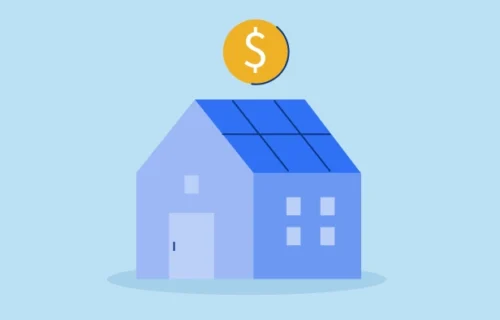
Connect with a Lima One expert today!
If you’d like to know more about this topic or see how it applies to your project, let’s talk.
How Do New Construction Loans Work When Investing
Real estate investing is all about opportunity. As home inventory tightened throughout 2020, more and more investors had trouble finding attractive deals on the market. Whether an investor focused on fix and flip properties or single-family rental homes, it got harder and harder to make the numbers on new deals work because the lower supply meant higher prices.
As a result, investors pivoted toward new home construction, both building to sell and building to hold as rentals. This means investors need new home construction loans to finance their investments—and need to know the answer to the question, “How do new construction loans work?”
How Do Construction Loans Work?
Construction loans are meant to finance the building of a new home from start to finish, including land purchase and building costs. While traditional mortgages are generally paid out to the lender in one lump sum, construction loans are often paid out in different stages, called draw periods. During the construction phase of these loans, borrowers are typically only responsible for paying the interest on what has already been disbursed rather than paying toward the interest and principal of the total loan amount.
Some types of construction loans are:
- Construction only loans: These short-term loans cover just the cost of building a house and repayment is due once construction is complete.
- Construction-to-permanent loans: These loans start as construction-only loans and then transition to a traditional mortgage once building is finished.
How Do New Construction Loans Work for Real Estate Investors?
The first thing investors need to know about home construction loans is the difference between loans for investors and loans for homeowners. A homeowner who is looking to build a new home will use Fannie Mae New Construction Loan or other FHA loa construction-to-permanent loans specifically targeted to those who plan to live in the new home.
New construction loans for investors may have a stricter approval standard than these specific programs.
Typically, new build construction loans for investors work using a draw process. The investor will get approved for costs to purchase a lot and pay for construction but receive only the lot purchase funds at closing. Then they will draw the approved construction funds during the course of the build.
The advantage of this comes when investors get loans where they only pay interest on the drawn balance of the loan. This limits costs early in the project and allows investors flexibility to finance the build as they go. They can draw funds for completed construction as they complete stages of construction such as the foundation or house framing. Managing the construction draw process well can help investors save money in interest. In fact, many investors find this drawn-balance interest (also called commitment funding) a more important loan term than new home construction loan rates are. That’s especially true for investors who own a lot free and clear.
Lima One Capital New Construction loans offer commitment funding and work on a reimbursement model tailored specifically to investors. Our in-house construction management team ensures that construction progress matches the disbursement, which offers an additional layer of security for the investor.
If you’re ready to pivot your real estate investing strategy to include new build construction loans, it’s time to talk to Lima One. Start the process today with our Apply Now form.
Editor's note: This blog has been updated as of February 2025 for comprehensiveness
Subscribe for More Insights
Get the latest industry news & Lima One updates.









